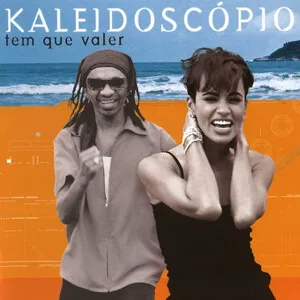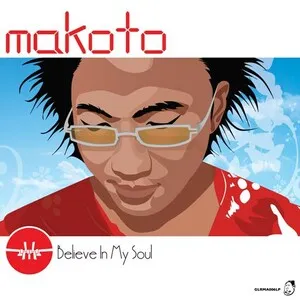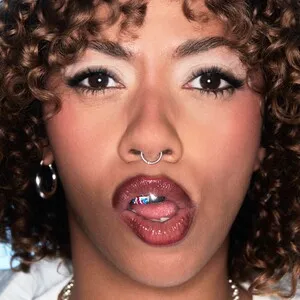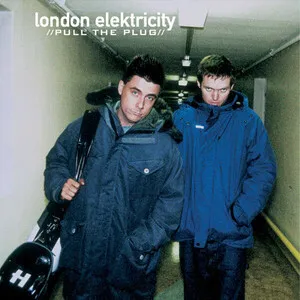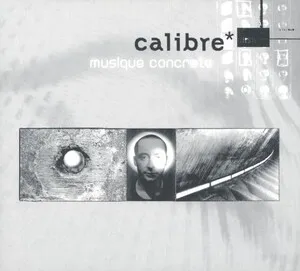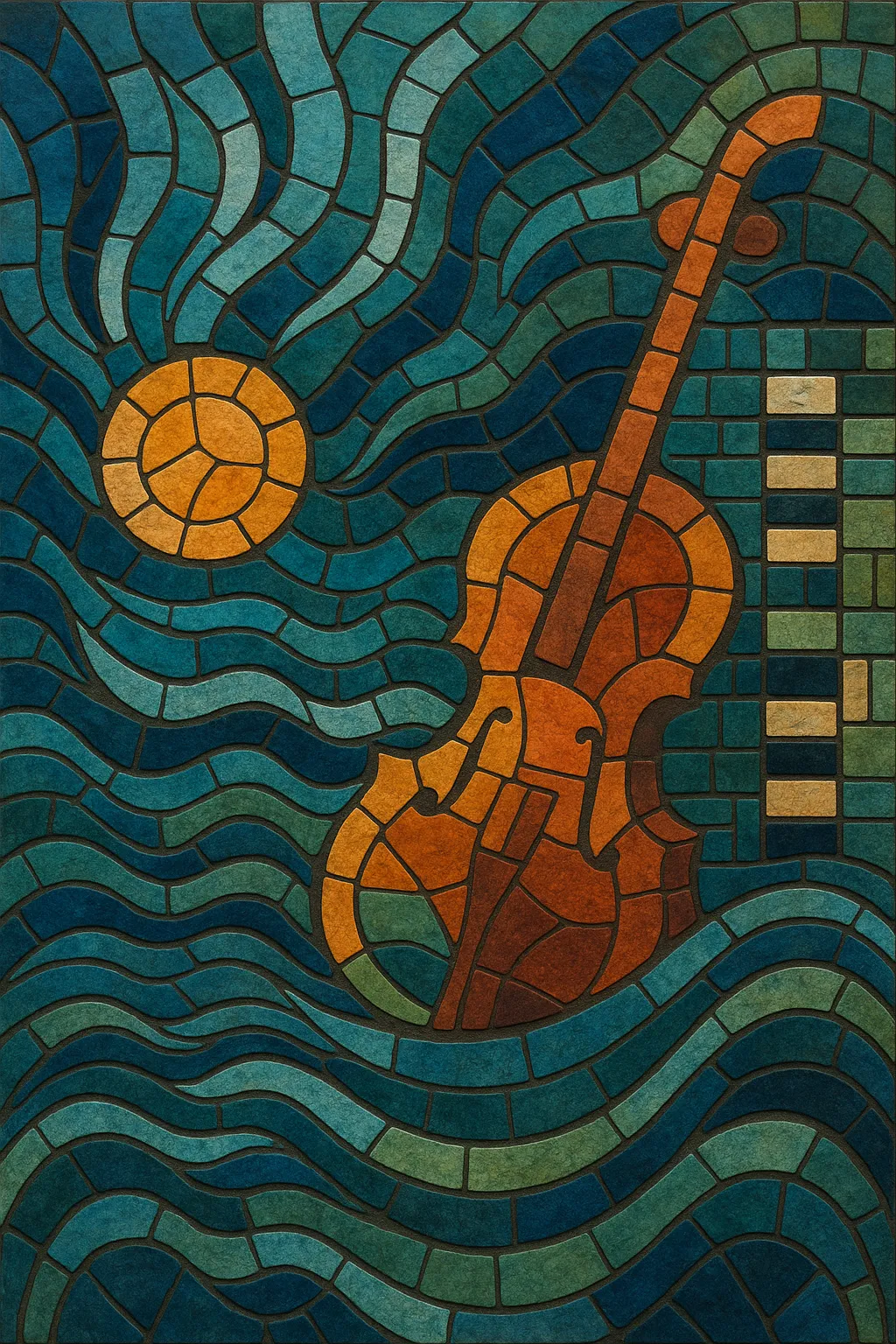
Your digging level
Description
Liquid funk (often called liquid drum and bass) is a melodic, soulful offshoot of drum and bass that emphasizes musicality over aggression. It typically runs at 170–174 BPM and features rolling breakbeats, warm sub‑bass, lush pads, jazzy chords, and expressive vocals or instrumental leads.
Drawing on soul, funk, jazz, house, and ambient textures, liquid funk trades distorted basslines and harsh sound design for smooth grooves, chordal richness, and emotionally resonant hooks. The result is a sound equally at home on late‑night dancefloors and headphones, balancing dancefloor energy with reflective, feel‑good atmospheres.
History
Liquid funk emerged in the United Kingdom at the end of the 1990s as a response to harder, techier strains of drum and bass. DJs like Fabio popularized the term around 1999 through club nights (e.g., Swerve) and radio shows, championing a smoother, more soulful direction that drew on jazz, funk, soul, house, and ambient influences. Earlier atmospheric and “intelligent” drum and bass laid conceptual groundwork by prioritizing melody and mood.
The 2000s saw liquid funk crystallize through labels such as Hospital Records, Soul:R, Spearhead, and Good Looking–adjacent circles. Artists including Calibre, High Contrast, London Elektricity, Logistics, Nu:Tone, Makoto, and LSB helped define the sound: rolling breaks, warm subs, Rhodes or piano chords, live‑leaning instrumentation, and emotive vocals. Hospital’s Hospitality events and a stream of signature albums and singles pushed the style into clubs and festivals, widening its audience beyond core DnB fans.
During the 2010s, the style broadened internationally, with Belgium’s Netsky and UK acts like Hybrid Minds and Technimatic bringing liquid’s euphoric, song‑oriented approach to larger stages and charts. Online platforms and dedicated channels/labels (e.g., Liquicity in the Netherlands) played a key role in curating compilations and premieres, making liquid funk a gateway into drum and bass for new listeners worldwide.
Liquid funk remains a cornerstone of the DnB ecosystem, thriving on streaming services and in live settings alike. Producers continue to blend soulful songwriting with modern sound design, sometimes incorporating lo‑fi, house, or pop sensibilities while keeping the tempo, groove, and harmonic warmth that define the genre.

